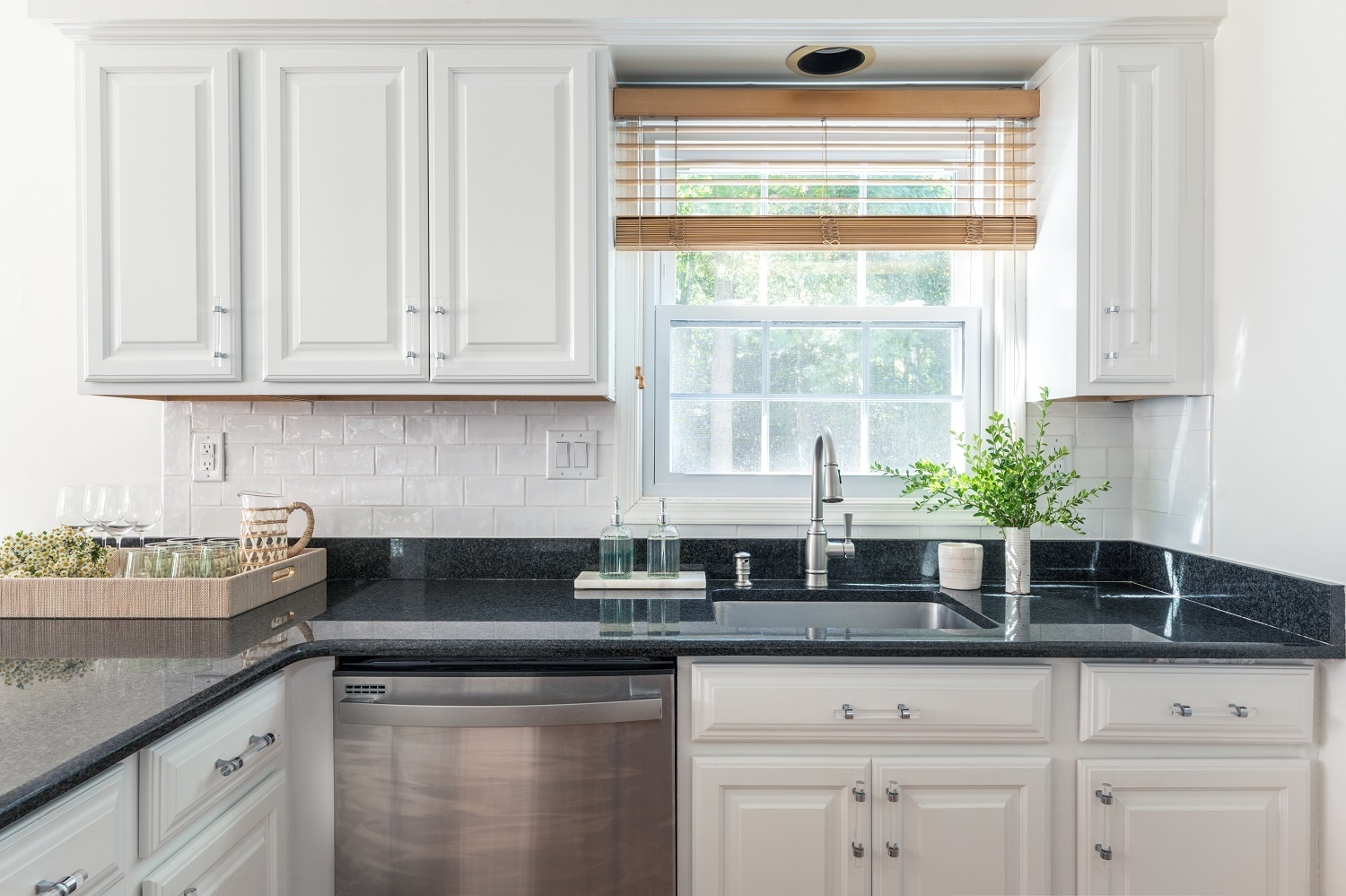Everything You Need to Know About Silica Dust in Homes
Ensure you and your contractor are taking the proper steps to protect your health


Silica dust can have detrimental impacts on your health. If you or a contractor are working with products that could pose a risk, ensure the proper precautions are in place. If someone is cutting, grinding, or sanding materials in your home such as glass, drywall, quartz, brick, stone, and granite, here's what to know.
What Is Silica Dust?
Silica dust consists of extremely small particles that enter the air when drilling, cutting, sanding, grinding, or chipping materials that contain crystalline silica.
Materials that contain crystalline silica include:
Brick
Glass
Rock
Quartz
Granite
Stone
Ceramics
Drywall
Mortar
Concrete
Artificial stone
Abrasive sandblasting is another opportunity for silica dust to become airborne.
Why Is Silica Dust Dangerous?
According to OSHA, silica dust is dangerous because it can cause silicosis, which can lead to severe or even fatal illnesses, including lung cancer, chronic obstructive pulmonary disease (COPD), kidney disease, and autoimmune diseases. By breathing in silica dust, inflammation and scar tissue can occur if particles become trapped in the lungs. With silicosis, the lungs have a harder time breathing in oxygen. You can experience fatigue, cough, shortness of breath, and chest pain.
While most cases of silicosis form after years of prolonged exposure, acute cases of silicosis can happen from shorter, heavy exposures. Silicosis is irreversible but preventable with the right personal protective equipment, engineering tools, and safety processes.
Any exposure to silica dust isn’t good for your health, which is why OSHA enforces strict rules and procedures to limit exposure of silica dust for contractors and renovators.
How Can You Protect Yourself From Silica Dust?
You can protect yourself and others from silica dust by verifying that your contractors follow industry safety procedures and OSHA regulations when doing remodeling work.
Ask your local home remodeler or drywall installer about their safety procedures, including whether they:
Use engineering controls like water and vacuum systems to capture silica dust
Enclose work areas to isolate silica dust
Can complete any stages of the work in a shop instead of inside your home
Use a vacuum, tack cloth, or drywall sponge to get rid of drywall dust
Wear personal protective equipment like a tight-fitting respirator (though this alone is not enough to control the exposure of silica dust)
Should I Be Worried About Silica Dust in My Home?
You shouldn’t be worried about silica dust in your home unless you are undergoing a remodel project that exposes you. The risk of serious illness is small because most health issues arise over years of exposure to silica dust, but you should still be careful.
If a contractor is cutting, grinding, or sanding materials that contain crystalline silica, ensure they take the proper safety precautions. If the work is completed with safe methods, you have little to no risk of exposure to silica dust.
And if your home simply contains materials with crystalline silica, like quartz or granite countertop, there is no airborne dust and thus, no health threat.
Does House Dust Contain Silica?
House dust does not contain silica unless a recent indoor project involved grinding, cutting, sanding, or drilling certain materials without the proper ventilation, engineering controls, and procedures in place.
Usually, house dust comes from your body, shoes, furniture, clothes, pets, and other items you bring into your home. You can reduce dust in your home by vacuuming, wiping surfaces, and washing your sheets regularly.
How Long Does Silica Dust Stay in the Air?
Silica dust can stay in the air for up to two weeks, depending on the amount of dust and how ventilated, dry, or windy the area is. The most important aspects of limiting airborne silica dust are isolating the area and conducting work with safe practices.





- Bathroom Remodeling
- Kitchen Remodeling
- Shower Installation
- Stair Installers
- Bathtub Installation
- Shower Door Installers
- Kitchen Design
- Bathroom Design Companies
- Storm Shelter Builders
- Pre-Made Cabinets
- Kitchen Refacing
- Bathtub Replacement
- Ceiling Tile Installation
- Suspended Ceiling Companies
- Residential Designers
- Stair Builders
- Remodel Designers
- Shower Enclosures
- Home Renovations
- Kitchen Renovations
- Garage Remodeling
- Grab Bar Installation
- Walk-In Tub Installers
- Tub to Shower Conversion
- Balcony Contractors
- How to Eliminate Drywall Dust During Your Next Project
- 15 Simple Tips on How to Reduce Dust in Your House
- How to Keep Your Room Dust-Free: 12 Ways to Eliminate Dust
- 10 Effective Ways to Protect Your HVAC During Remodeling
- 7 Ways to Clean High Ceilings Safely
- 7 Cleaning Tips to Help Ease Your Spring Allergies
- These Are the Best Tools for Cleaning Hard-to-Reach Areas
- How to Keep Your Home Clean While Remodeling
- 10 Simple Ways to Reduce Allergens in Your Home
- What Is Diatomaceous Earth? What to Know About This Pest Control Powder










